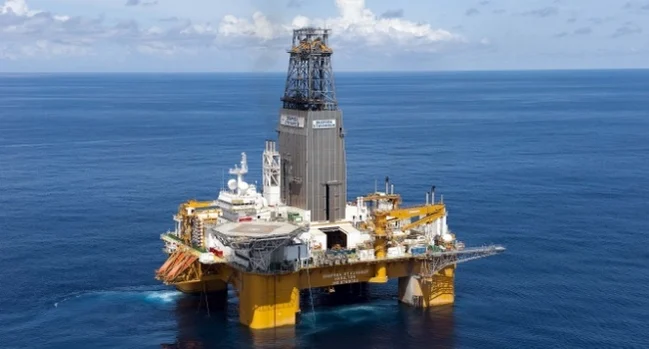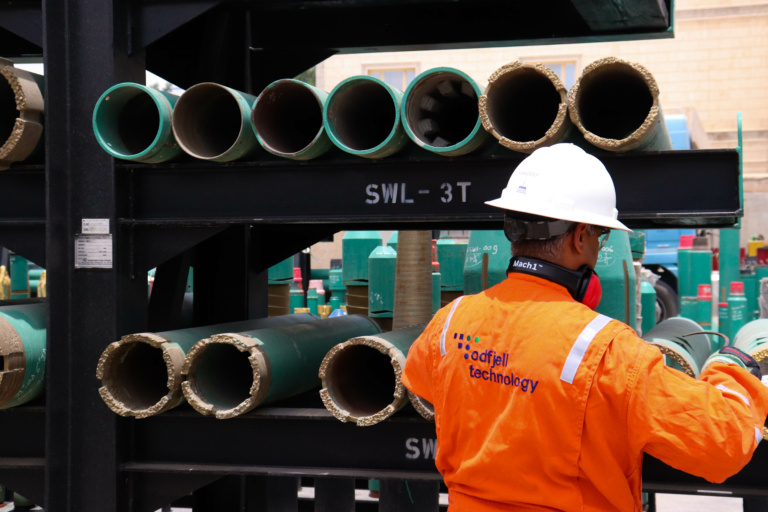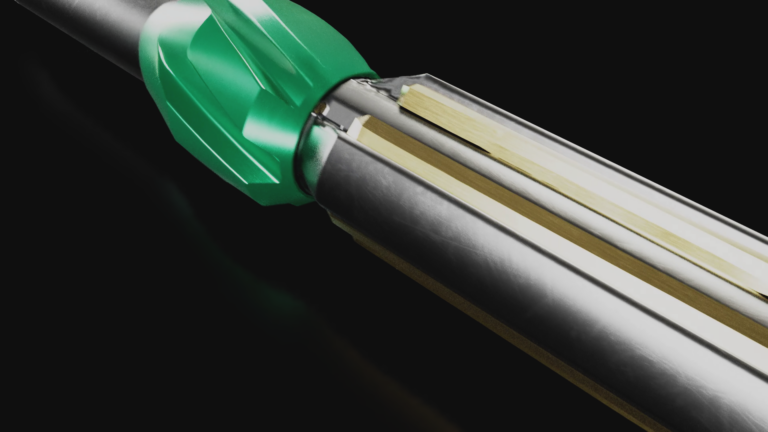Getting the most out of Fill-Up & Circulation Tools
The hose is gradually losing its position as the preferred method of filling the casing. No wonder when the modern Fill-Up & circulation tools provides more well control, better assistance in getting to TD and improved safety. In this article I will discuss some of the issues related to optimum use of the tool.
For input on how to calculate the capacity of a Fill-Up & Circulation Tool, please see this article.
The various functions of the F&C Tools.
- Filling up the casing with Mud (prevent casing collapse)
- Circulation to keep the hole clean
- Increase the weight of the casing string to aid in getting to TD
- Circulating at high pressure / volume to get the string passed any obstructions / dog legs etc.
- For flow-back applications (2-way Mud Saver valve & 2-way float equipment to take mud back)
Space out
In order to utilize the F&C tool at its maximum capacity, we need to carefully space the tool out and ensure all the right components are assembled as per procedure. Diagrams are available to ensure the right space out is obtained, ensuring the Packer Cup is approximately one foot above the Slip Type Elevator. This reduces wear and tear on the Cup, as you only want to engage the sealing element inside the casing when required. For regular fill up procedure you don’t engage the F&C tool inside the Casing Joint.
When spacing out the F&C tool, you will require exact measurements from all components:
- Top Drive Bail Hang-off point down to the shoulder of the saver sub
- Length of Bails (Elevator Links) to be used
- Hang off point Bails on the Elevator to the top of the covers
- Any extension subs used
Proper sealing
Further measurements should be taken from the sealing element (Packer Cup) and the guide cone assembly. Rule of thumb you can use for the OD of the sealing element is: 0.250” larger than the ID of the Casing in order to provide a proper seal while circulating. The upper and lower guide cones should be no larger than the drift size of the casing.
If the packer cup is undersized you will risk blowing out the F&C tool from the casing and cover the whole rig floor in mud (and possibly the rig crew & TRS crew). The packer cup is energized through mud pressure below the sealing element, hence it should be a snug fit inside the casing.
When preparing a TRS package for any casing running job, the following limitations should be observed:
- Pipe details: Weight, Grade, ID, OD, Connection Type, Collapse & Burst pressures, and any internal upset that could prevent the F&C tool to be engaged to the casing.
- Length of casing string to be run.
- Mud Weight (to calculate the buoyancy factor – weight of steel in fluids)
- Capacity of all TRS Hoisting equipment – 350t / 500t / 750t etc.
- Length of F&C tool (longer assemblies will have reduced circulating pressures)
When the going gets tough
Utilizing F&C Tools has over the years assisted in getting the casing strings to bottom at first attempt. Some of the traditional methods, such as the conventional hose on the drill floor (merely to fill up the casing, no circulation) and the circulating swage (also known as a water bushing), are very time consuming and not very efficient. These methods are still used nowadays though on wells that are typically shallow and easy to drill and without any severe doglegs or problematic formations.The circulating swage is used for circulation and well control scenarios. However, this takes time to rig up and does not house all the benefits we get from the F&C Tools.
There are many different models of F&C Tools out on the market, each with their own distinctive benefits and components. Depending on your operations, these are the options to consider:
- Internal Sealing F&C Tools
- External Sealing F&C Tools
- Inflatable Sealing F&C Tools
- Stroking F&C Tools
The type of Rig & Top Drive system will determine which tool & configuration is most suitable.
Topics: Casing Running, Drilling

By: Robert Koendering
Robert has 15 years experience in tubular running services which comprises pile driving, running casing & high chrome completions, bucking & pressure testing. He is an expert on top drive casing running tools & DwC operations (Level 2).



